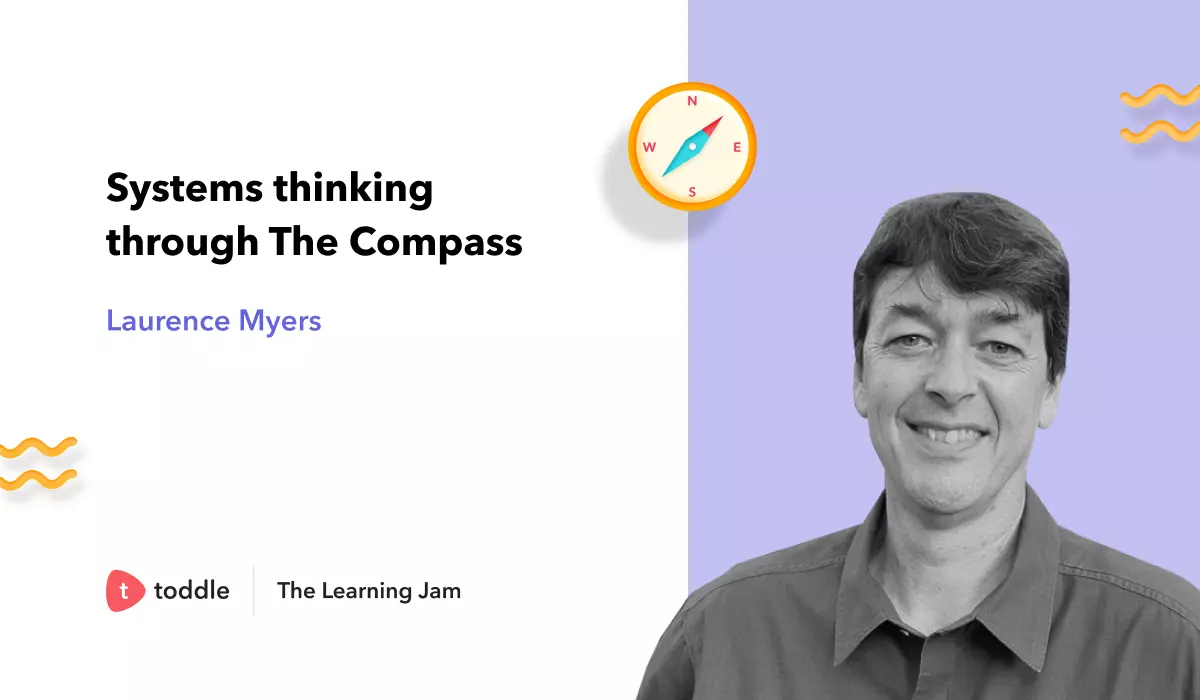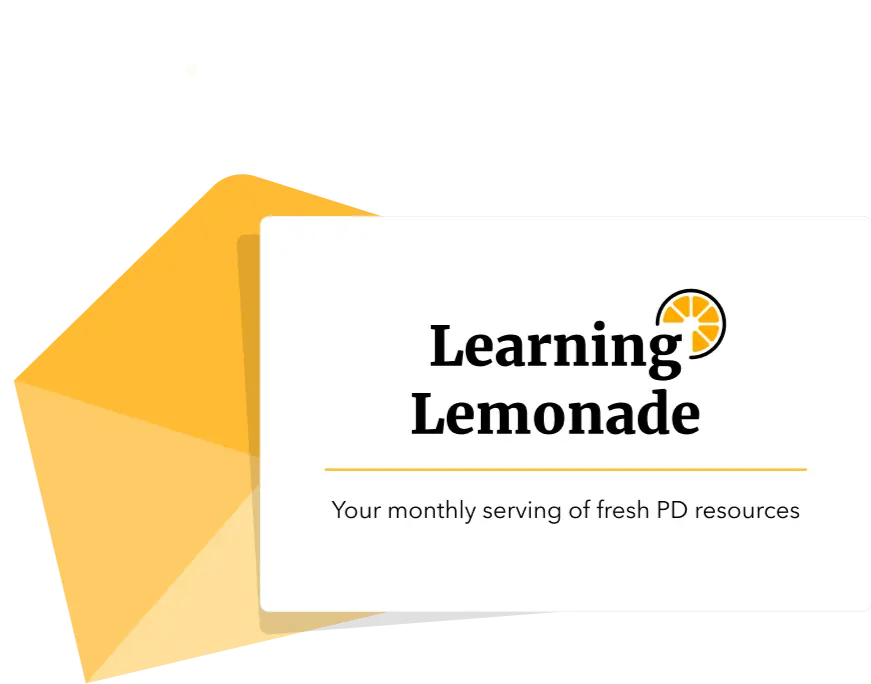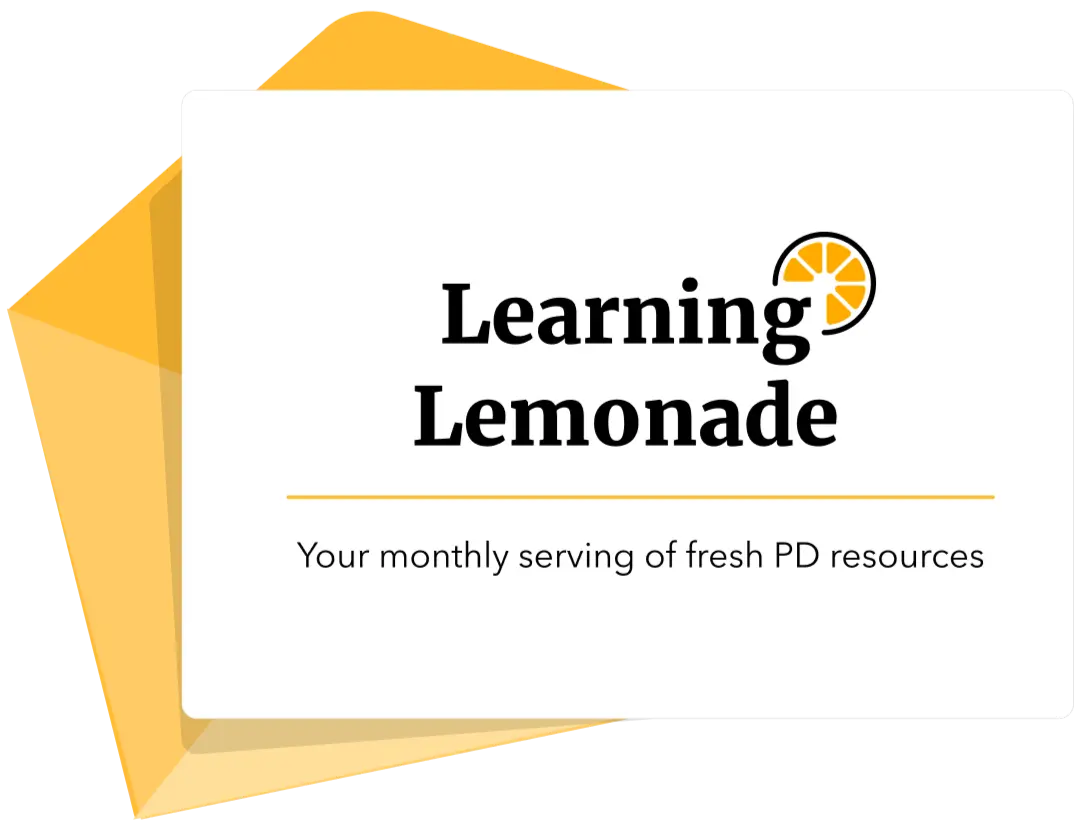Preparing for MYP Projects and Service | First steps for MYP candidate schools
Are you ready to embark on an adventure into the world of IB Projects? Buckle up, because we’re about to dive into the planning aspects of the Personal Project and the Community Project in the MYP. These projects are the ultimate test of an IB student’s creativity, problem-solving skills, and determination.
While they may be optional for candidate schools to implement, they are still considered a significant rite of passage for IB students across all programmes. As a candidate school, you will have to have a plan in place for implementing either one of the projects at your school. Let’s get planning!
What you’re required to produce for authorisation
If the MYP at your school will include year 5, you must submit a personal project description. If the MYP will not include year 5, you must submit a community project description. The description should include:
- How the project will be organised
- Who will oversee its management
- Timelines for implementing, assessessing and standardising the project
Resources to help you get started
The following resources will help you get started on the personal project:
- Watch this three-minute explainer video to gain a quick overview of the personal project to share with students, teaching teams or parents. This video provides quick answers to everything from supervisor responsibilities to student guidelines as you get started on the personal project journey.
- You can use our step-by-step supervisor handbook to better understand the process and timeline of implementing the Personal Project.
- Watch this video to find out how Toddle lets project coordinators, supervisors and students collaborate seamlessly on personal projects.
The following resources will help you get started on the community project:
- Watch Gearing Up for MYP Projects: Community Project to unpack the benefits of running community projects at your school, get to know the assessment criteria and understand the role of the supervisor in supporting students’ projects
- You can use our Community Project Student Handbook to better understand the process and timeline of implementing the Community Project.
- Watch this video to find out how Toddle lets project coordinators, supervisors and students collaborate seamlessly on Community Projects.
The Community Project is closely tied to Service as Action in the MYP, and many students’ Personal Projects are also connected to service. Like the Projects, Service as Action is not a requirement for candidate school, but you will need to start implementing it once your school is authorised. We are preparing a suite of resources to support Service as Action in MYP schools, so keep an eye on Toddle Learn and subscribe to Learning Lemonade for updates!
This blog is part of a series designed especially for candidate MYP schools. Click here to view the complete series!
Other resources you might like to explore:












